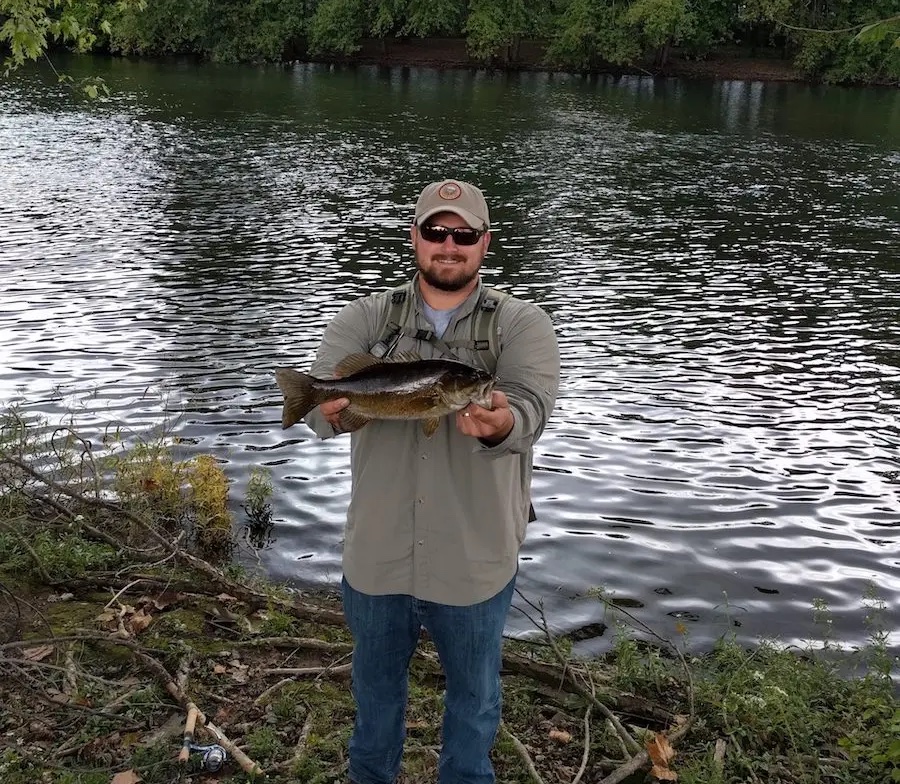When Jean Cordova, Water Quality Section Manager for the Colorado Department of Transportation (CDOT) started her job in 2017, she walked into an ongoing EPA audit. The audit had begun in 2015, and two years later CDOT received a consent order with a long list of submittals CDOT had to pull together over the next three years. The information would need to be pulled from water quality specialists and multiple systems from across the state to answer the EPA’s many questions.
“We needed to make our processes and data collection more consistent and more accurate, and break down the silos from program to program.”
— Jean Cordova, Water Quality Section Manager, CDOT
Lack of standardization and scattered data were two major factors in making the audit lengthy and difficult. “Information was all over the board,” Jean says. “How people were doing things was different from region to region.”

A Digital Transformation For CDOT’s Stormwater Program
Jean looked at the situation and knew there had to be a better way. “We needed to make our processes and data collection more consistent and more accurate, and break down the silos from program to program,” Jean says. That was a huge challenge: CDOT’s MS4 permit includes seven stormwater programs, with 37 sub-sections that require specific recordkeeping, and the program is implemented by CDOT’s five departmental regions across the state, plus CDOT headquarters.
CDOT needed a digital transformation — a new system-based approach that would solve these problems using technology. “Right away, I started looking at software systems that could handle multiple MS4 programs,” Jean says.
She found 2NFORM, a purpose-built suite of solutions for stormwater operations and maintenance. Foundational modules handle information management and reporting on the six minimum control measures required by most MS4 permits. Additional modules empower stormwater managers with advanced analytics and planning capabilities, using the data collected for compliance to drive actual improvements in water quality.
Meeting the Challenge of Stormwater Management on Construction Sites
Jean was excited to implement the 2NFORM construction module first. CDOT maintains 23,000 lane miles of highway, on which vehicles travel over 28 billion miles each year. All those thousands of miles of highway require a lot of roadway construction and hundreds of contractors. Each contractor does their own weekly self-assessment of the site to ensure pollution prevention and erosion control practices are implemented according to regulation. Once a month CDOT inspectors need to go out in person to confirm the self-assessments are accurate and the site is compliant.
“2NFORM makes our stormwater management and regulatory reporting so much simpler and more consistent than what we’ve done in the past. I’m excited.”
— Jean Cordova, Water Quality Section Manager, CDOT
Years before, CDOT contracted with a consultant firm to build a custom inspection and reporting tracking system. It didn’t connect to their ArcGIS or to the cloud. It ended up being an expensive custom-built place to store data, but it could not be aggregated let alone analyzed. Worst of all, the consultancy disbanded midway through the audit process, leaving CDOT with unsupported software. Jean and her team struggled to extract data from their construction program.
Many CDOT field inspectors were using pen and paper in the field, taking notes and pictures that they then had to transcribe and upload into the system once they were back in the office. This process wasn’t only inefficient: the extraneous and tedious data processing steps also made it easy for staff to introduce unintentional errors. Plus, the field construction inspection forms — part of CDOT’s custom-built system — were full of free-form text fields, inviting typos and allowing inspectors to use their own terminology. The lack of standardization, consistency of terminology, and data formats was a big problem when it came to analyzing CDOT construction data sets.
Jean has a lot of sympathy for “those pen and paper people,” because she used to be one of them, back when she was a field inspector. “It was easier to write something down than to search for drop-down menus in the field,” she says. She’s working closely with 2NDNATURE to ensure that 2NFORM menus are clear and efficient, making life easy for her people in the field — and helping to drive acceptance among field inspectors, who may be nervous about change. Now Jean and her team collect only the data relevant to operating their stormwater program that can later be aggregated, analyzed, and reported on.
The Benefits of Centralized and Standardized Data
CDOT’s seven stormwater programs are on track to consolidate their disparate databases, spreadsheets, and filing systems. 2NFORM lets every program contributor enter data into common fields stored in a single location. That data is secure and accessible to everyone, anywhere, at all times. With all data being stored in a single geospatial database, CDOT asset data collected by one program can be rendered in a different compliance program module to support other program workflows. No more waiting for another department to get around to answering Jean’s request for their data — a chronic problem, and risk, under the old system.
Getting CDOT’s data centralized and standardized also gives her the ability to generate data-driven insights for more strategic planning. Jean has a vision for the future, and goals she hopes to meet using 2NFORM. She looks forward to a moment when they can use the data they’ve collected to preemptively address areas of concern, like paying extra attention to locations that have had illicit discharges in the past. “We’ll be better informed about what to look for where,” Jean says.
The End of A Seven Year Audit
As for that EPA audit, Jean has, at last, completed the final response — seven years after the audit began. A massive spreadsheet, covered in written comments, documents that they have done the work and gathered the information, and it should be enough to placate the EPA, for the moment.
Jean knows that one day, there will inevitably be another EPA audit. But when that day comes, she has the security of knowing that her data is in order and at her fingertips, thanks to 2NFORM. “2NFORM makes our stormwater management and regulatory reporting so much simpler and more consistent than what we’ve done in the past,” Jean says. “I’m excited.”


